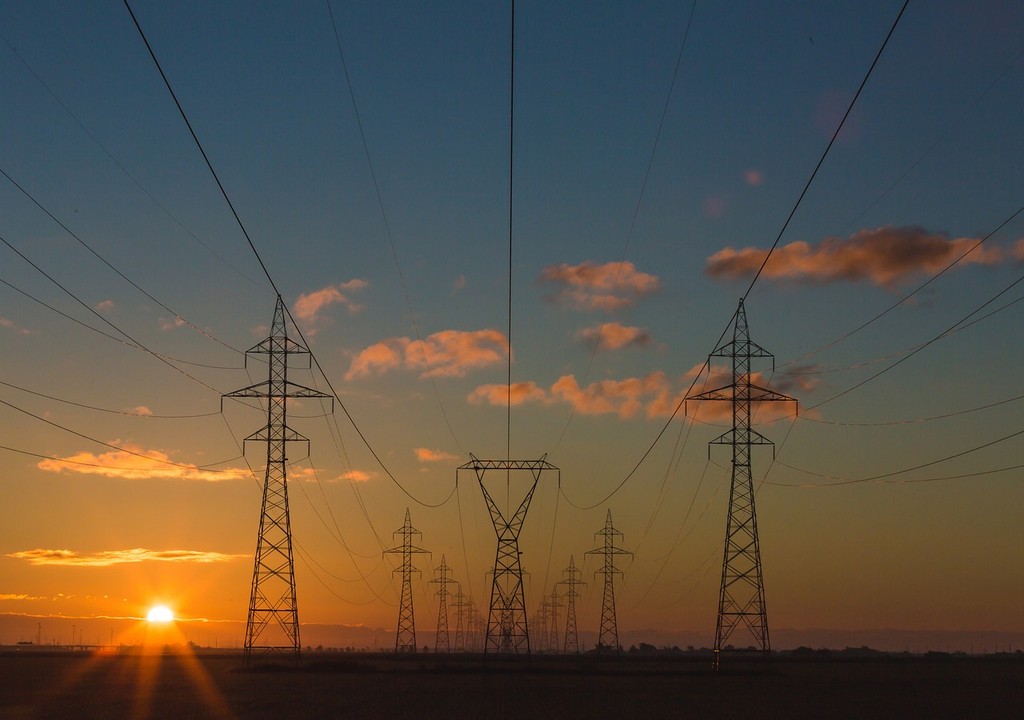SC issues TRO for Mindanao-Visayas Interconnection Project
- November 10, 2023
- 0

The progress of the Mindanao-Visayas Interconnection Project (MVIP) ceased as the Supreme Court issued a temporary restraining order (TRO) on one part of the infrastructure development.
Apart from the MVIP, a TRO also affected the construction of the 230-kilovolt (kV) Cebu-Magdugo transmission line project by the National Grid Corporation of the Philippines (NGCP), which impacted the stage 3 development of the Cebu-Negros-Panay project -which will ultimately affect the dispatch of renewable energy (RE) sources to the Visayas grid.
In a report by the Manila Bulletin, NGCP emphasized that the Cebu-Madugo line is crucial for maximizing the full 450 megawatts (MW) power transfer from the MVIP.
Last September, a restraining order was issued following a petition filed by the Tourism Infrastructure and Enterprise Zone Authority (TIEZA) concerning two tower sites located on their property. These sites, which NGCP had possessed since the previous year, were intended by TIEZA to be converted into a golf course.
After the order was issued, NGCP verified that it halted all activities related to Tower 111 and its connected areas, Towers 110-112.
After submitting its response to the Supreme Court’s petition for certiorari, the corporation is still awaiting the case’s ultimate outcome.
The grid operator emphasized the crucial role of these projects in enhancing the power grid. Delays in their completion would not only impact NGCP but also affect businesses and communities as both the MVIP and CNP Stage 3 projects are categorized as energy projects of national significance (EPNS).
The MVIP extends over 184 circuit kilometers (ckm) of high voltage direct current (HVDC) submarine transmission line, linking the power grids of Mindanao and Visayas. Its transfer capacity is 450 MW, with the potential to expand to 900 MW.
The project also includes converter stations in both regions and over 500 ckm of overhead lines to enable electricity flow between the grids.
The DOE is advocating for the swift completion of the MVIP as it would allow the transmission of excess power from Mindanao to the strained Luzon and Visayas grids.